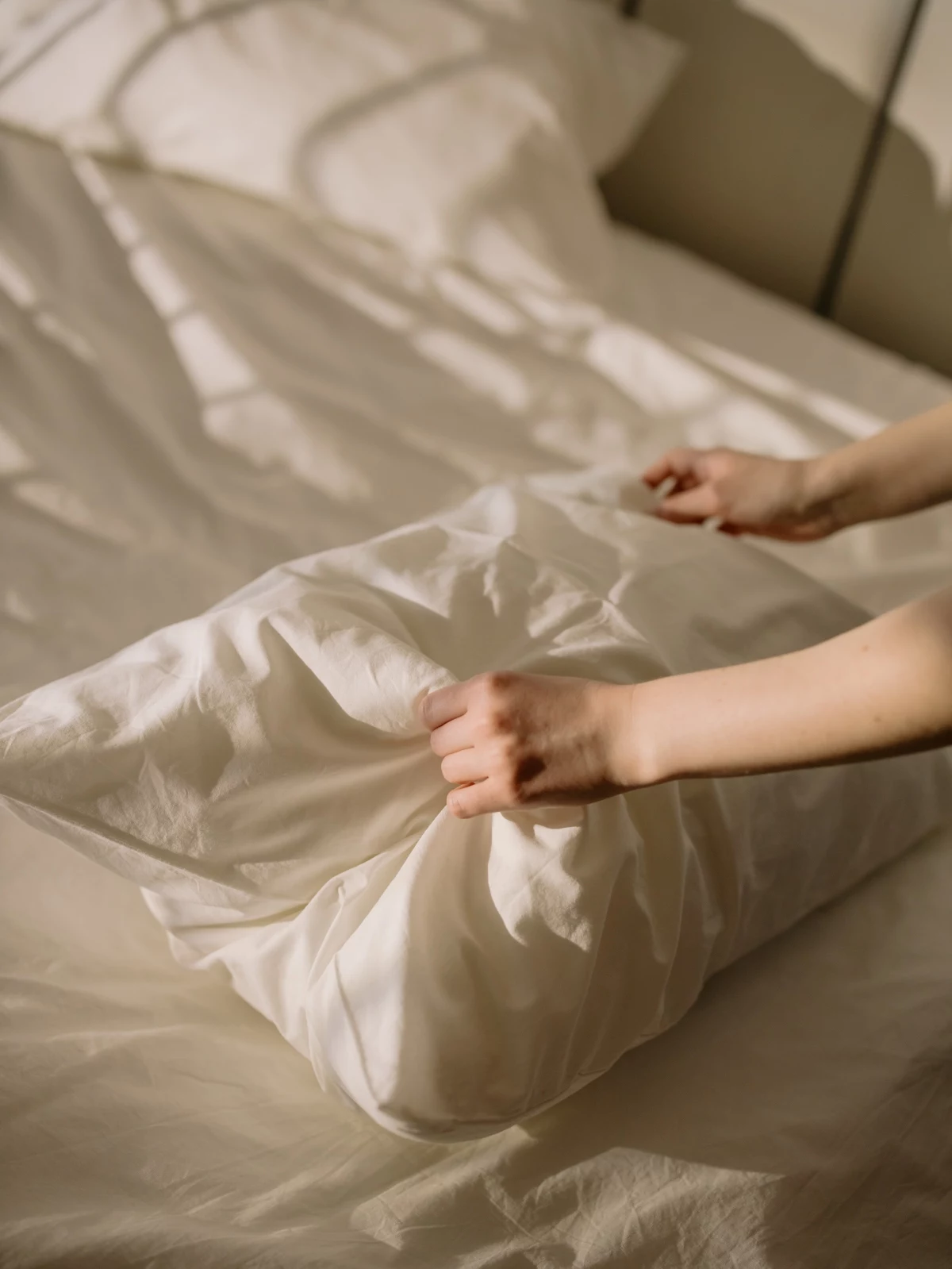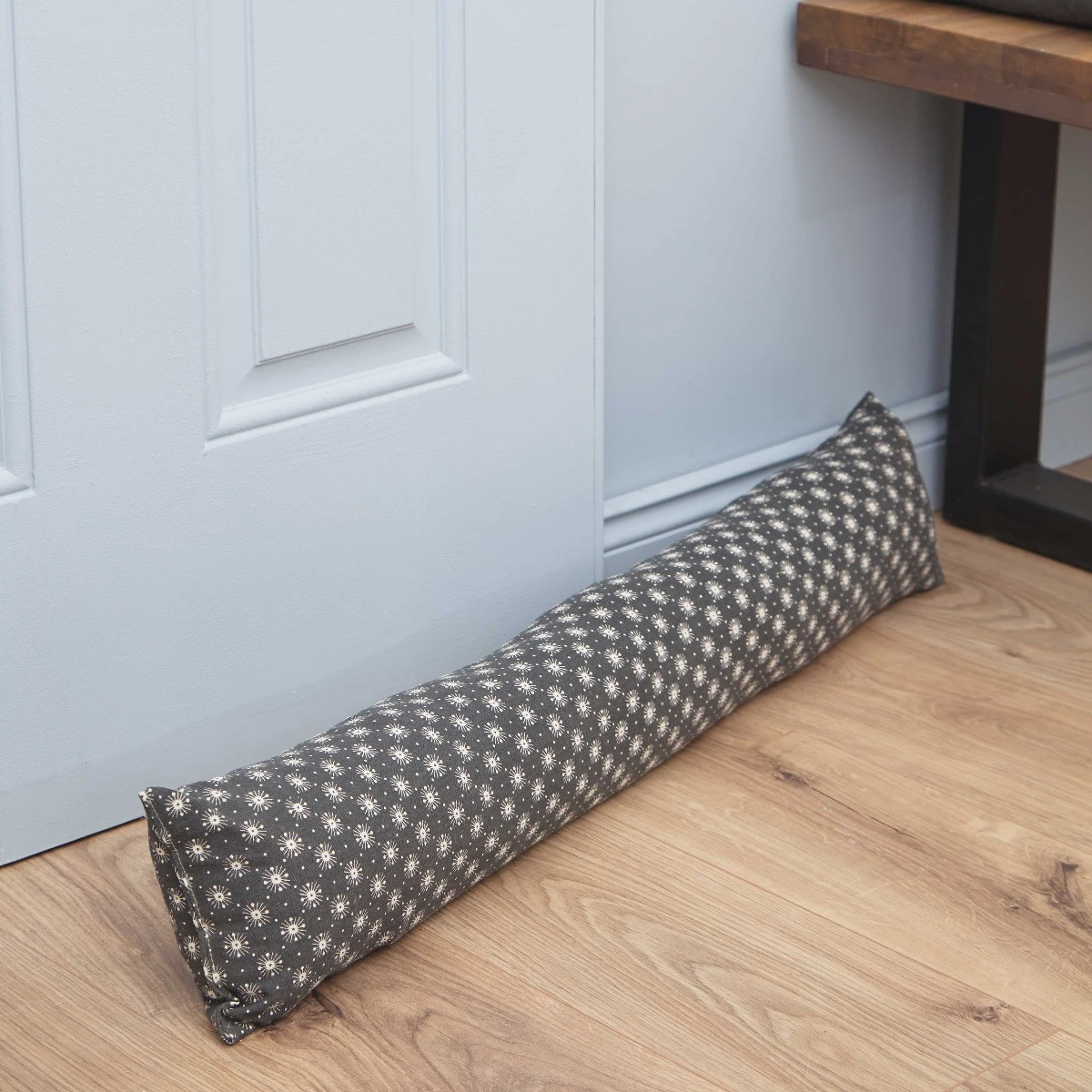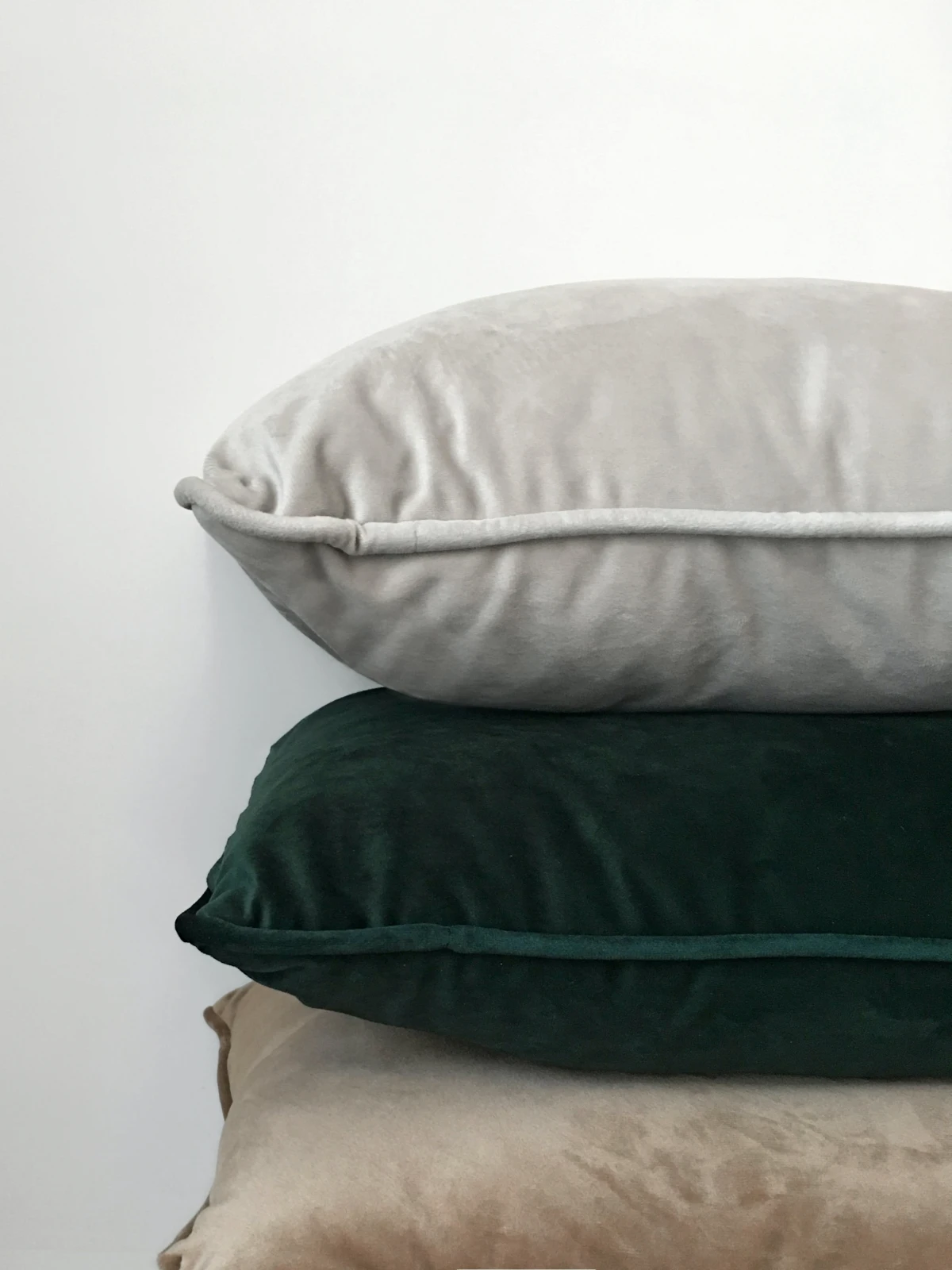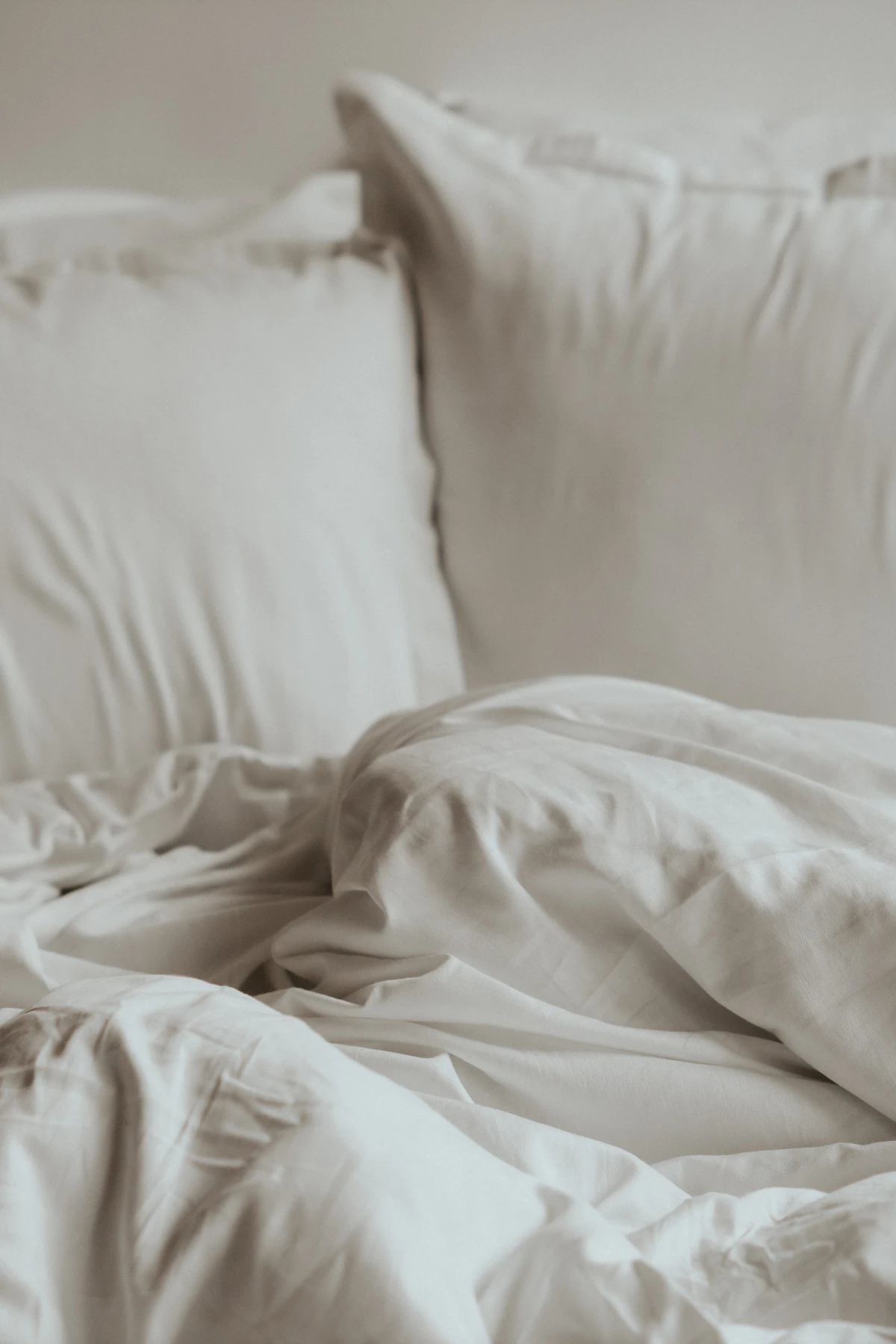Don’t Toss That Old Pillow! Genius Ways to Give It a Second Life
We’ve all been there. You wake up with a stiff neck for the third time this week and finally admit it: your favorite pillow has betrayed you. It’s a sad moment, honestly. A good pillow feels so personal, but there comes a time when it just stops doing its job.
In this article
- First, Know Your Stuffing
- The Prep Work: Getting Your Pillow Ready for Its Next Job
- Level 1: Quick Wins You Can Do Today
- Level 2: Projects for a Crafty Afternoon
- Level 3: Advanced Upcycling for the Skilled Hand
- Hold On! What NOT to Do With Old Pillows
- The Last Resort: Smart Recycling & Disposal
- Galerie d’inspiration
But how do you know for sure if it’s officially dead? Try this quick test. If you have a synthetic or feather pillow, fold it in half. If it just lies there, sad and limp, it’s done. A pillow with life left in it will spring back into shape. For memory foam, press your hand into it. If the indentation takes forever to disappear or seems permanent, its supportive days are over.
So what now? Tossing it seems like such a waste, and it is! Most pillows are made of stuff that clogs up landfills for ages. The good news is that your old pillow isn’t garbage—it’s a bundle of raw material just waiting for a new gig.

First, Know Your Stuffing
Before you can upcycle a pillow, you’ve got to know what you’re working with. The type of filling completely changes how it aged and what you can do with it next.
- Polyester Fiberfill (Poly-fil): This is the most common stuff out there. It’s basically a cloud of fine, crimped synthetic fibers. Over time, your head’s pressure and your body’s natural oils make these fibers flatten out and stick together. That’s why your once-fluffy pillow now feels lumpy and flat. No amount of fluffing can fix it once it reaches this point.
- Down and Feathers: These natural fills are super resilient, but not invincible. The delicate little down clusters can break apart from nightly use, losing their amazing ability to trap air and feel lofty. Just like synthetics, they also absorb oils and moisture, which makes them clump together and, let’s be real, become a five-star resort for dust mites. If your allergies have been acting up, your beloved down pillow might be the culprit.
- Memory Foam and Latex: These solid foam pillows break down in a different way. Air and heat cause the foam’s internal cell structure to oxidize and become brittle. You might notice it feels harder than it used to, or it might even start to crumble. Once it starts shedding foam dust, it’s lost all its supportive magic.

The Prep Work: Getting Your Pillow Ready for Its Next Job
Okay, you can’t just grab a pillow off the bed and start a project. It needs a serious deep clean first. This step is non-negotiable, trust me. Starting with dirty, smelly materials is a recipe for disaster.
First, give it a good inspection. Big, dark stains or a musty, sour smell? That’s a sign of mildew deep inside. If you smell that, the pillow is a lost cause. Just dispose of it responsibly—those spores are no joke.
If it passes the sniff test, it’s time for a bath. And here’s a little something to motivate you… Did you know an unwashed pillow can nearly double its weight over a few years? That extra weight is a delightful mix of sweat, body oils, dead skin cells, and a thriving colony of dust mites. Yikes.
- For Poly-fil and Down/Feather Pillows: Most can go right in the washing machine. Wash two at a time to keep the machine balanced, using a gentle cycle with warm water. A small amount of low-suds detergent is all you need—for down, a special “down wash” is even better to protect the natural oils. Then, run an extra rinse cycle.
- Drying is EVERYTHING: This is where people mess up. Tumble dry on the lowest heat setting. Toss in a couple of clean tennis balls or wool dryer balls; they’ll bounce around and break up all the clumps. For down pillows, this is critical and can take a while. You’ll need to pause the dryer every 30 minutes to pull the pillow out and break up the wet clumps with your hands. It’s tedious, but your pillow is only ready when it’s completely dry, light, and airy.
- For Foam Pillows:Heads up! Never, ever put a foam pillow in a washer or dryer. It will literally tear it to pieces. You can only spot-clean these with a damp cloth and mild soap. To freshen it up, sprinkle baking soda all over it, let it sit for an hour, then vacuum it off with a hose attachment.
For most projects, you’ll want the loose stuffing. The best way to get it out is with a seam ripper—that’s a small, forked tool that neatly cuts the threads without ripping the fabric. You can get one for a couple of bucks at any craft store. Work over a big box or trash bag to contain the fluff explosion.

Level 1: Quick Wins You Can Do Today
These are the easy, no-sew solutions for when you just want to get it done.
- Packing Material: Stop buying packing peanuts! Old pillows are perfect for protecting fragile items when you’re moving or shipping something. The whole pillow can brace furniture, while the loose fill is great for cushioning small items.
- DIY Garden Kneeler: Stuff one or two old pillows into a heavy-duty trash bag or an old grain sack. Squeeze the air out, seal it with duct tape, and boom—a waterproof, cushioned pad that will save your knees.
- The 10-Minute Draft Stopper: A drafty door can wreck your energy bill. For a super-quick fix, just roll up a rectangular pillow tightly, tie it with some string, and shove it against the bottom of the door. Want something a bit better? Empty the fill into the leg of an old pair of jeans, sew the ends shut, and you have a flexible draft snake that seals the gap perfectly.

Level 2: Projects for a Crafty Afternoon
Got a sewing machine or a needle and thread? These projects offer a more polished result.
- Comfy Pet Beds: Your old pillow may not support your neck anymore, but it’s pure luxury for your cat or dog. The most important part is a washable cover. You can whip up a simple envelope-style cover from some fleece or sturdy canvas. For a durable cover, you’ll probably need about a yard of fabric (around $5-$15 at a craft store) and some heavy-duty thread ($3). No zippers needed! Plus, pets often love these beds more because they carry your familiar scent.
- Sturdy Floor Cushions: This is a fantastic way to add casual seating. The secret here is to stuff it TIGHT. You’ll likely need the fill from two or three old pillows to make one solid cushion. I learned this the hard way… the first floor cushion I ever made looked great for about an hour, but after one movie night, it was a sad, flat pancake. My advice? Make a simple inner liner from cheap muslin to hold the stuffing, then create a durable, decorative outer cover you can easily wash.

Level 3: Advanced Upcycling for the Skilled Hand
These ideas are great but come with a few important warnings.
- Supplemental Stuffing: To be crystal clear, old pillow fill should never be the main stuffing for furniture. It doesn’t have the right resilience and doesn’t meet modern fire safety regulations. However, it can be perfect for re-plumping a decorative throw pillow or adding a bit of loft to a chair’s back cushion that doesn’t bear any weight.
- Sound Dampening & Insulation: The air pockets in fiberfill make it a decent sound absorber. You could stuff it into the walls of a doghouse for extra warmth or pack it into panels to create a makeshift sound barrier for a noisy appliance. But remember, polyester and foam are flammable. Never use this fill near a heat source like a space heater, hot pipes, or a fireplace.
Hold On! What NOT to Do With Old Pillows
Knowing what not to do is just as important as knowing what to do.

First, don’t just drop them off at a thrift store. For hygiene reasons, major charities almost never accept used pillows. It’s a health risk they can’t take.
Second, only 100% natural materials can be composted. That means you can compost feathers, down, and a 100% cotton cover (cut into small strips). But polyester, memory foam, and latex are plastics and will just contaminate your compost pile.
And for goodness sake, NEVER flush the stuffing. I once heard a horror story from a plumber about someone flushing poly-fil. It doesn’t dissolve; it swells and creates a nightmare clog that requires a professional to fix. Just don’t do it.
The Last Resort: Smart Recycling & Disposal
Sometimes a pillow is just too far gone. But the trash can isn’t your only option.
- Call Your Local Animal Shelter: Some shelters and vet clinics are desperate for bedding and will happily take clean, used pillows or stuffing. But always call first! Don’t just show up with a bag.
- Find a Textile Recycling Program: This is the best choice for unusable pillows. These programs shred the materials and repurpose them into things like carpet padding and industrial insulation. You can often find a drop-off location near you by using the search tool on a site like Earth911 or looking for an American Textile Recycling Service (ATRS) bin in your community.
So, that old pillow is a choice. It’s a chance to be resourceful and see value where others see waste. It takes a little more thought than just tossing it, but giving it a second life is a pretty rewarding feeling.

Galerie d’inspiration

Got a drafty door or window? Your old pillow is the surprising solution.
Create a chic and effective










